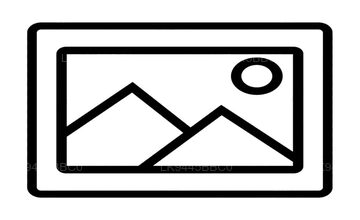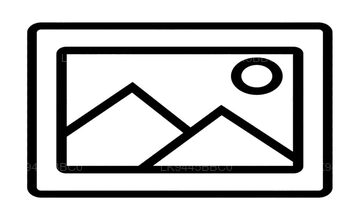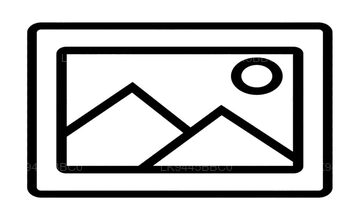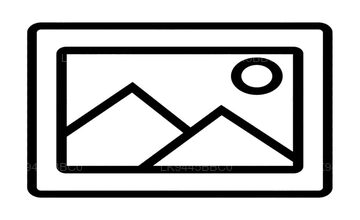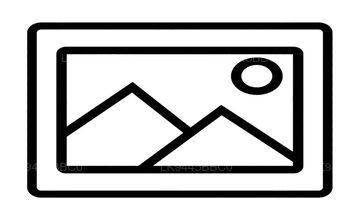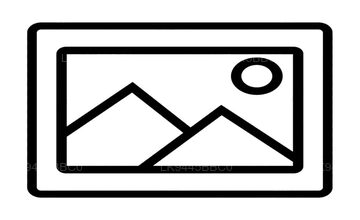Website Usability Testing
Web development is almost always done under ridiculous time constraints, and website usability was seen as an advantageous but unnecessary step in developing a site. Even when sites were tested, there was no time to iterate or incorporate learning from the tests before launch.
Since then, the industry has come a long way. Usability testing is now recognized as a necessary, if not integral, part of the development of web sites.
As the industry has matured, three simple truths have emerged:
If customers find your site difficult to use, they will get frustrated and leave. It is not a good thing if customers leave your site. If you don’t test your site with actual customers before launch, you can’t ensure customers won’t leave your site.
As these tenets become apparent, clients have begun to expect that their agencies employ usability testing in the web development process. For the uninitiated, here are some basics.
What is Website Usability testing?
There are many ways to get feedback from customers about the usability of a site. What is most commonly referred to as usability testing, however, is one-on-one interviews with customers to explore their opinions about a site or site prototype. This is how it generally works. A moderator sits down with a participant representing the site’s ultimate target (a customer or potential customer). The moderator observes the participant using a version of the web site in development, usually as the participant tries to accomplish tasks. The participant gives feedback on the process, telling the moderator (and everyone watching, usually behind a mirror) what he or she likes and dislikes about the site and what frustrations he or she has while using the site. This information is used to revise the site in development or redesign.
Where does it fit in the process?
Usability testing comes in many flavors and should occur at different points in the development process. Explorative testing gathers input from participants in the early stages of site development. Based on the experience and opinions of target users, the development team can decide the appropriate direction for the site’s look and feel, navigation, and functionality. Assessment testing occurs when the site is close to launch. Here you can get feedback on issues that might present huge problems for users but are relatively simple to fix. Evaluation testing can be useful to validate the success of a site subsequent to launch. A site can be scored and compared to competitors, and this scorecard can be used to evaluate the project’s success.
What else can I do to test the website usability?
Testing web pages is only the beginning; no matter what role you play in the Internet industry, it’s smart to start learning about usability testing now. Cross browser compatibility – Check if your web site is fully viewable using different browsers. Such as, using Internet Explorer, Netscape, etc. Application compatibility with different user platforms – checking if your web applications work with different platforms the user may be using.

